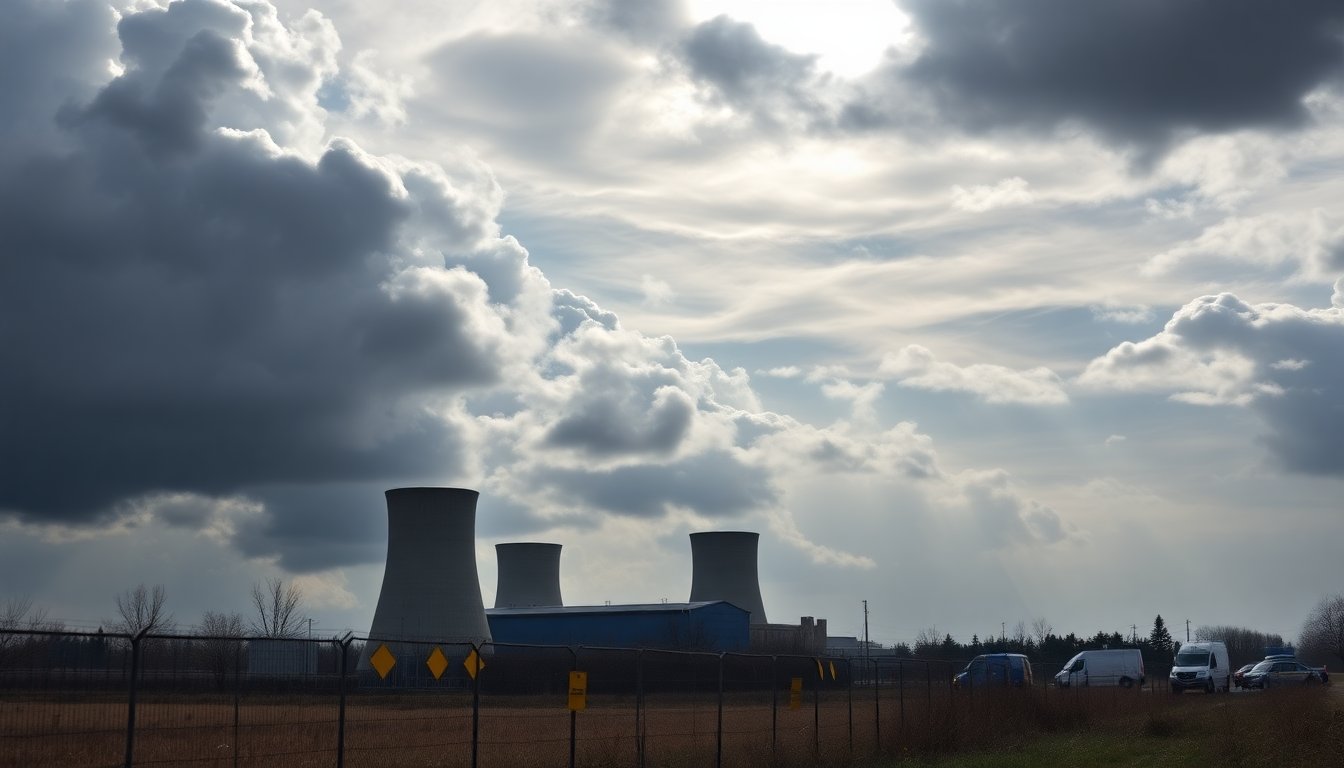Table of Contents
The Zaporizhzhia Nuclear Power Plant in Ukraine is facing significant safety concerns amid the ongoing conflict in the region. President Volodymyr Zelenskyy has recently expressed grave worries about the deteriorating conditions at this vital facility, which has been under Russian control since the invasion began.
The plant has been without external power for over a week, escalating fears and prompting urgent warnings from both Ukrainian officials and the International Atomic Energy Agency (IAEA).
Current safety status of the plant
The Director-General of the IAEA, Rafael Mariano Grossi, stated that there is no immediate threat to the plant.
However, he pointed out that the situation is not sustainable for nuclear safety. The emergency diesel generators are currently functioning properly, ensuring essential safety measures are in place. Nonetheless, Grossi raised concerns about the long-term viability of this setup, which is inadequate for a facility responsible for handling nuclear materials.
Generator performance and challenges
Ukrainian President Volodymyr Zelenskyy reported that emergency generators, essential for cooling nuclear reactors, are operating beyond their intended capacity. He described the situation as critically precarious, noting that these generators and the facility were not designed for such extensive use.
Additionally, Zelenskyy stated that military actions, particularly artillery fire from Russian forces, have hindered efforts to repair crucial power lines needed for reactor cooling.
In contrast, Kremlin spokesperson Dmitry Peskov blamed the power line issues on Ukrainian shelling, labeling accusations of Russian aggression as unfounded.
This ongoing dispute underscores the tense atmosphere surrounding the plant and raises concerns about the reliability of information from both parties involved.
Background on Zaporizhzhia nuclear power plant
The Zaporizhzhia nuclear power plant ranks among the largest in the world.
Since its capture by Russian forces shortly after the invasion in February 2022, it has encountered significant challenges. The International Atomic Energy Agency (IAEA) reports that the plant has suffered power outages on ten occasions during the conflict. Despite these disruptions, an IAEA team stationed at the facility has confirmed that there is sufficient fuel on-site to keep the generators running for about ten days.
Operational context
The plant currently relies on eight emergency diesel generators, with nine additional units on standby and three undergoing maintenance. The IAEA has observed that, in the past week, the facility has alternated between operational units and those in maintenance to ensure a continuous power supply for cooling and safety functions.
Regional security implications
Concerns regarding the Zaporizhzhia nuclear facility arise amid growing anxiety among European leaders about Russian drone activity in foreign airspace. This situation has led to urgent discussions on security and defense strategies in the region.
The Danish Defence Ministry recently reported sightings of drones near military installations. This coincided with NATO’s announcement to strengthen surveillance in the Baltic Sea area. Previous incidents included drones over Copenhagen Airport, which resulted in temporary closures and increased fears of potential threats from Russia.
Although police investigations found no clear harmful intentions behind these drone operations, the frequency of such incidents has heightened concerns about regional security and Russian military posturing.
European leaders are actively discussing how to tackle ongoing security challenges. The situation at the Zaporizhzhia Nuclear Power Plant highlights the intricate balance of nuclear safety, military tensions in the region, and the complexities of international diplomacy.





